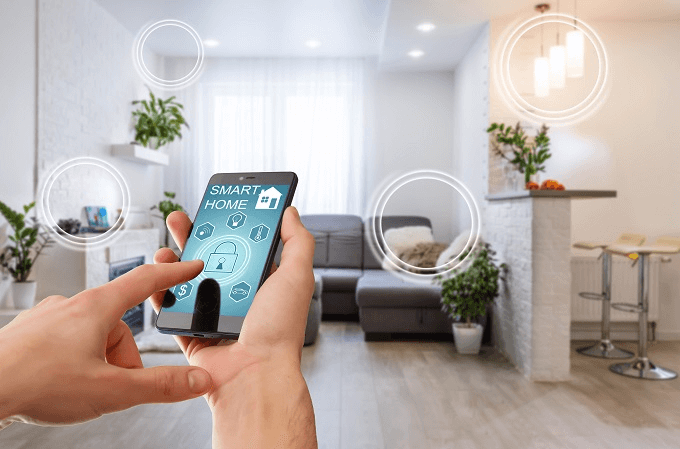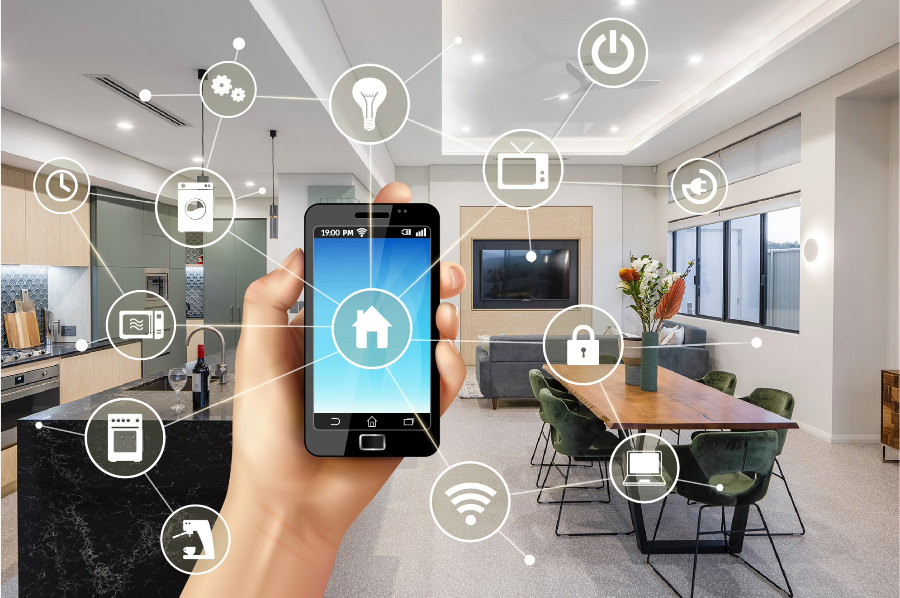In today's rapidly evolving digital world, creating a smart workspace at home has become a necessity for both homeowners and businesses. As remote work becomes increasingly mainstream, the need for an efficient and technologically advanced home office setup is more critical than ever before. From leveraging cutting-edge technology to maximizing productivity, the journey to building a smart workspace is both exciting and rewarding.

Why a Smart Workspace is Essential
The concept of a smart workspace goes beyond just having a designated area in your home for work. It involves integrating technology and smart devices that streamline your workflow, enhance comfort, and ultimately boost productivity. For homeowners, a well-designed smart workspace can provide a seamless transition from personal to professional life without the need for extensive physical boundaries. For businesses, it offers a way to support remote employees effectively, ensuring that they have the necessary tools and environment to perform at their best.
Key Components of a Smart Workspace
1. Smart Devices and Gadgets
Incorporating smart devices into your home office is a fundamental step in creating a smart workspace. From voice-activated assistants like Amazon Echo or Google Home to smart lighting systems that adjust according to your work schedule, these devices can significantly enhance your work environment. Additionally, consider investing in a smart thermostat to maintain an optimal temperature and smart plugs to control your devices remotely.
2. Ergonomic Furniture
While technology plays a crucial role, the physical setup of your workspace is equally important. Ergonomic furniture, such as adjustable desks and chairs, can help prevent strain and fatigue during long working hours. A well-designed office chair that provides proper support and a desk that allows for both sitting and standing positions can contribute to a healthier and more comfortable working experience.
3. High-Speed Internet and Connectivity
Reliable and high-speed internet connectivity is the backbone of any smart workspace. Ensure that your home office is equipped with a robust internet connection to support video conferencing, file sharing, and other online activities. Consider using a mesh Wi-Fi system to eliminate dead zones and provide consistent coverage throughout your workspace.
Enhancing Productivity in Your Smart Workspace
1. Automation and Integration
One of the key benefits of a smart workspace is the ability to automate routine tasks and integrate various devices and applications. By using automation tools and smart hubs, you can create workflows that synchronize your calendar, emails, and reminders across multiple devices. This not only saves time but also reduces the mental load associated with managing different tasks.
2. Focus and Distraction Management
Maintaining focus in a home environment can be challenging. Utilize smart noise-canceling headphones to block out distractions and create a dedicated work zone with minimal interruptions. Smart lighting systems that mimic natural daylight can also help regulate your circadian rhythm, improving concentration and alertness during work hours.
3. Security and Privacy
As you integrate more smart devices into your workspace, it's essential to prioritize security and privacy. Use secure networks, implement strong passwords, and regularly update your devices' firmware to protect against potential cyber threats. Consider using a VPN to encrypt your internet connection and safeguard sensitive information.
Conclusion
In conclusion, creating a smart workspace at home is a transformative process that combines technology, comfort, and productivity. By investing in smart devices, ergonomic furniture, and reliable connectivity, homeowners and businesses can create an efficient and inspiring work environment. For more insights on setting up a smart home, you can explore this comprehensive setup guide.

FAQs
1. What are the essential components of a smart workspace?
Essential components include smart devices, ergonomic furniture, high-speed internet, and automation tools to enhance productivity.
2. How can I ensure security in my smart workspace?
Ensure security by using secure networks, strong passwords, regular firmware updates, and a VPN to protect against cyber threats.
3. What are the benefits of a smart workspace for businesses?
For businesses, a smart workspace supports remote employees with the necessary tools and environment to perform efficiently, boosting overall productivity.
For further reading on interconnected homes and smart home technology, visit future of interconnected homes, AI in smart homes, and firmware updates.

